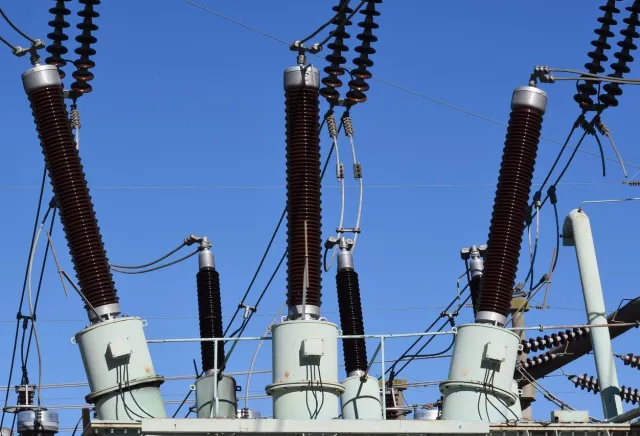High voltage circuit breakers are critical components in electrical power systems, tasked with safely interrupting fault currents and isolating faulty sections. A key parameter in their performance specification is the K factor, which plays a vital role in ensuring reliable operation under the worst-case fault conditions. This article explores the definition, significance, and practical implications of the K factor in high voltage circuit breaker ratings.
What is the K Factor?
The K factor is a multiplying coefficient used to determine the maximum asymmetrical current a circuit breaker must be capable of interrupting. It accounts for the DC component (offset) that appears in fault currents, particularly when a short circuit occurs at or near the zero crossing of the AC waveform.
Importance of the K Factor
1. Capturing Asymmetrical Fault Currents
During a fault, the current waveform may not be purely sinusoidal. The DC offset causes the fault current to become asymmetrical, meaning the peak current can be much higher than the symmetrical RMS current. The K factor ensures that this higher peak is considered in breaker design and selection.
2. Protecting Breaker Integrity
Breakers must withstand the thermal and mechanical stresses during fault interruption. A higher K factor indicates a higher asymmetrical current, requiring robust arc-quenching and contact materials to handle the stress safely.
3. Accurate Breaker Sizing
The K factor helps manufacturers and engineers specify the correct interrupting rating of the breaker. The total current the breaker must interrupt is calculated as:

Where:
 is the total (asymmetrical) fault current
is the total (asymmetrical) fault current is the symmetrical RMS fault current
is the symmetrical RMS fault current is the K factor, generally ranging from 1.0 to 1.8
is the K factor, generally ranging from 1.0 to 1.8
Dependence on System X/R Ratio
The K factor is directly influenced by the X/R ratio (reactance to resistance) of the power system. High-voltage transmission systems often have high X/R ratios, leading to greater DC offsets and thus higher K values.
Below is a chart illustrating the typical relationship between X/R ratio and the corresponding K factor:
As the X/R ratio increases, the K factor asymptotically approaches a value near 2.0. This reflects the growing influence of DC offset in high-impedance systems.
Standards and References
Key standards that reference and guide the use of K factor include:
- IEC 62271-100: High-voltage switchgear and controlgear
- IEEE C37.04: Standard rating structure for AC high-voltage circuit breakers
These standards define acceptable practices for calculating asymmetrical currents and specifying interrupting capabilities.
Summary Table
| Parameter | Significance |
|---|---|
| K factor | Multiplier for fault current with DC offset |
| Used for | Breaker sizing and interrupt rating checks |
| Dependent on | System X/R ratio |
| Ensures | Safe interruption under worst-case fault conditions |
Conclusion
The K factor is a critical component in the proper selection and design of high voltage circuit breakers. By accounting for asymmetrical fault currents driven by DC offset, it ensures that breakers can perform reliably during the most severe fault conditions. Understanding its dependence on the X/R ratio and incorporating it into system studies is essential for safe and effective power system operation.

